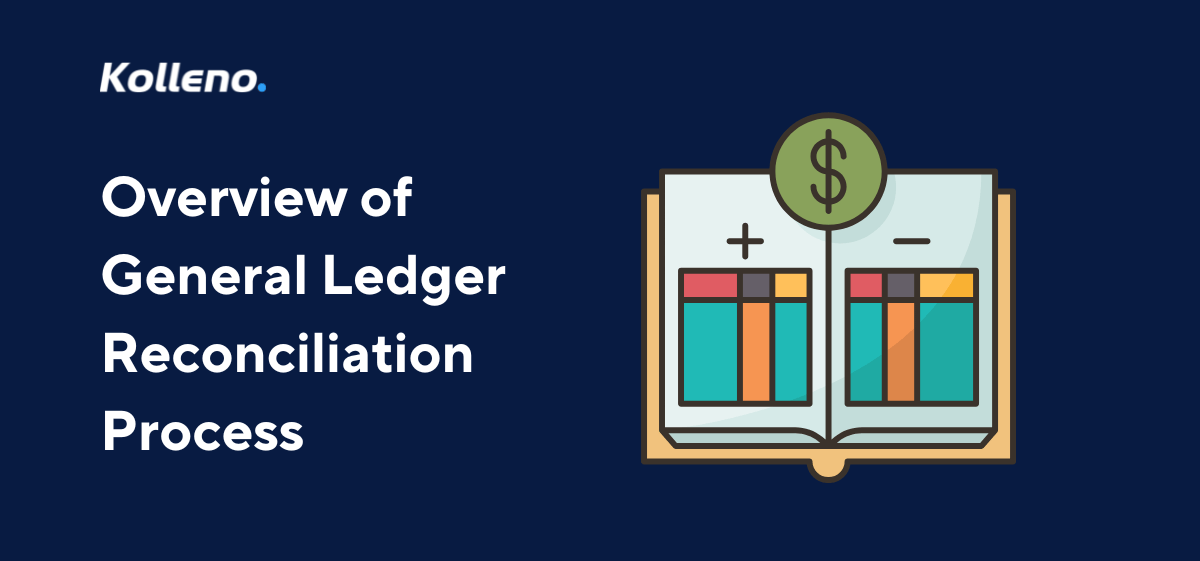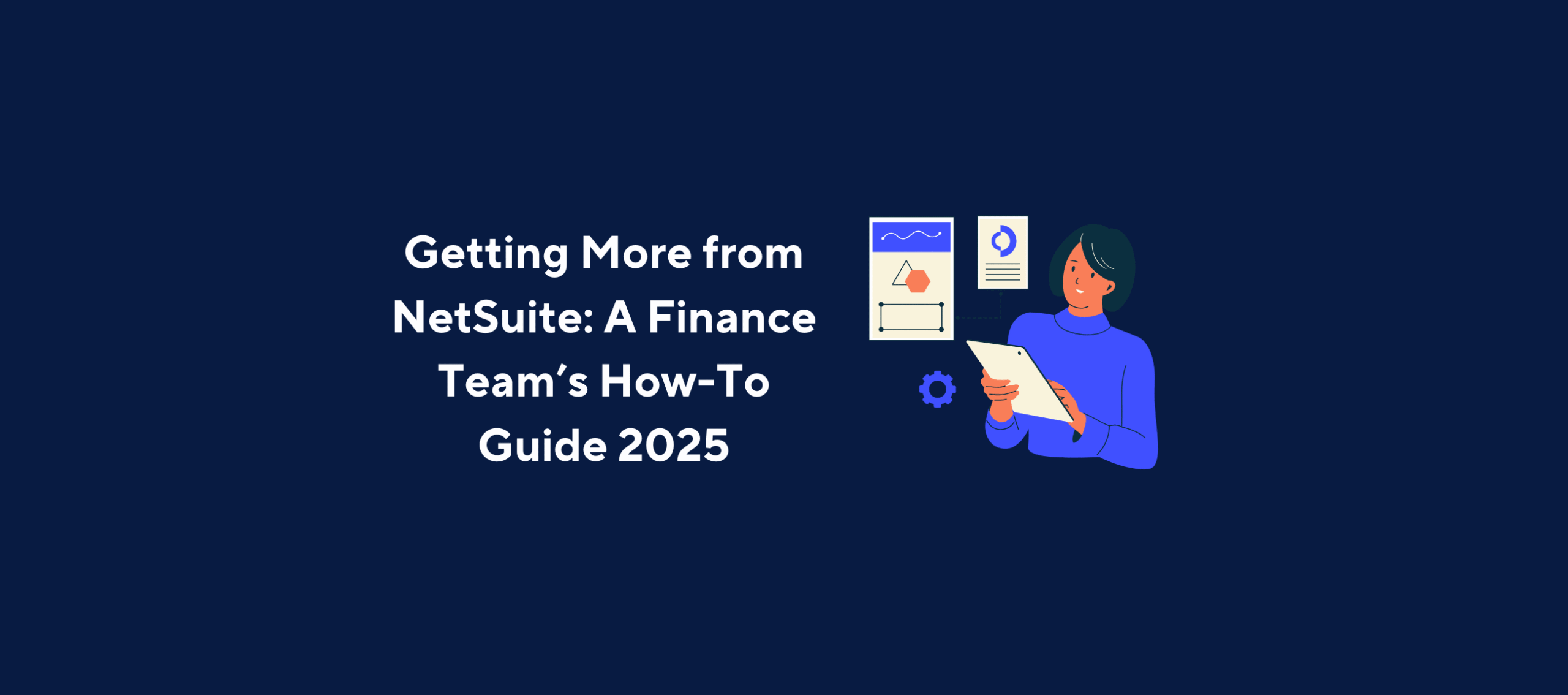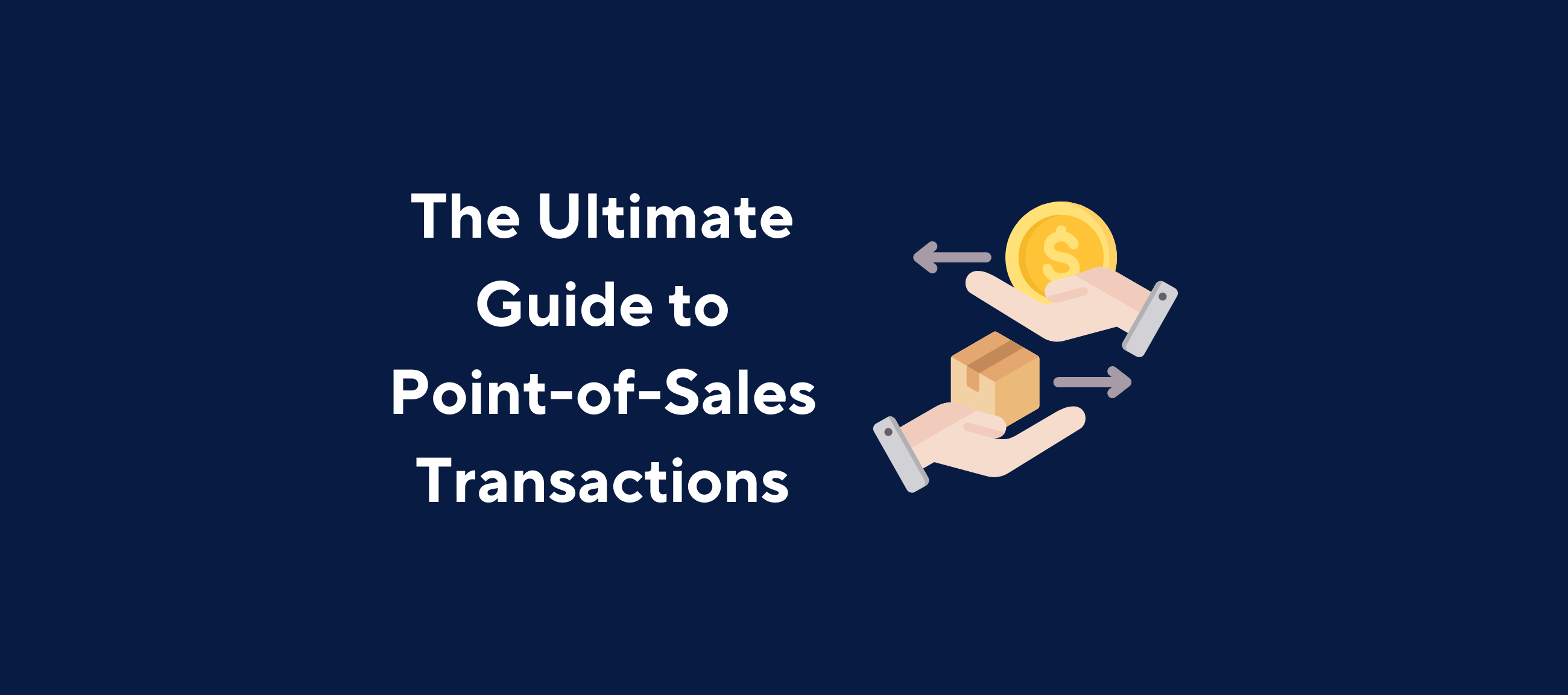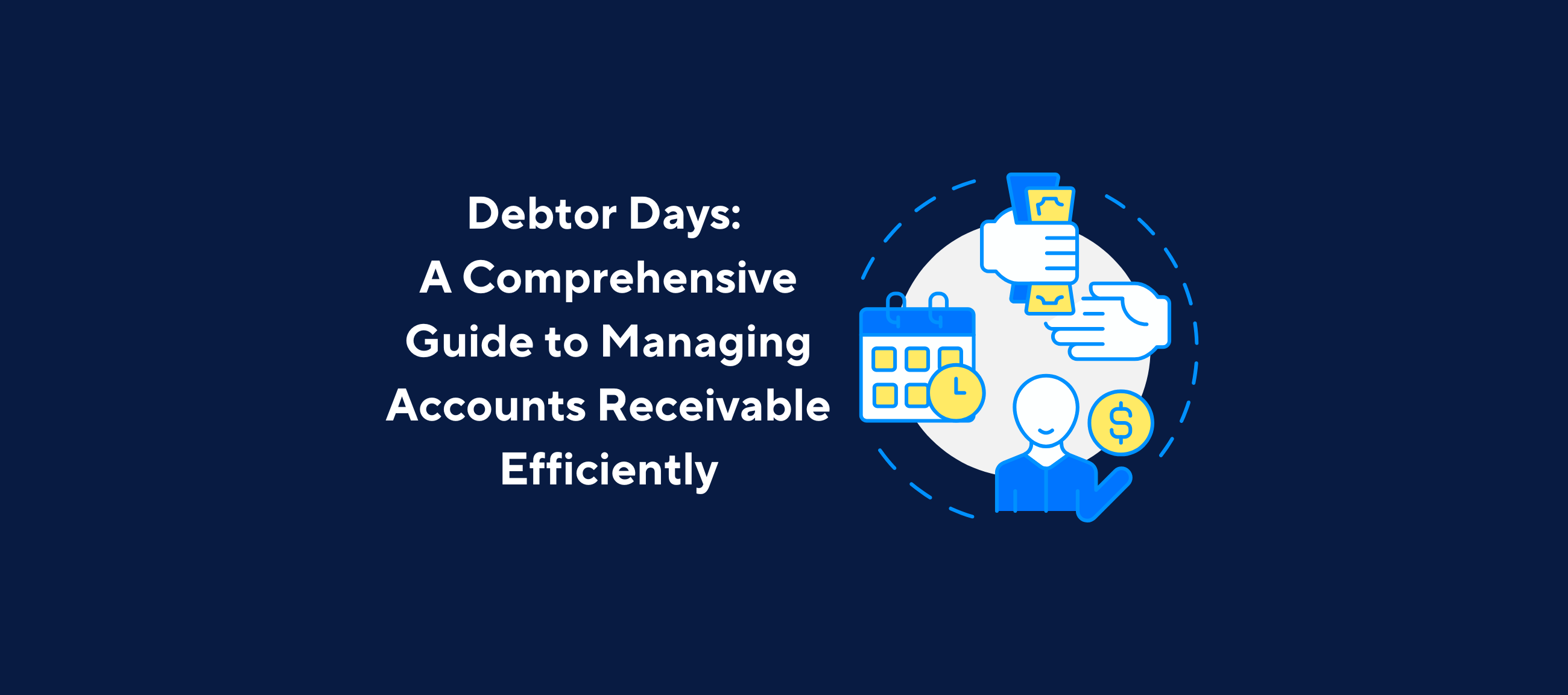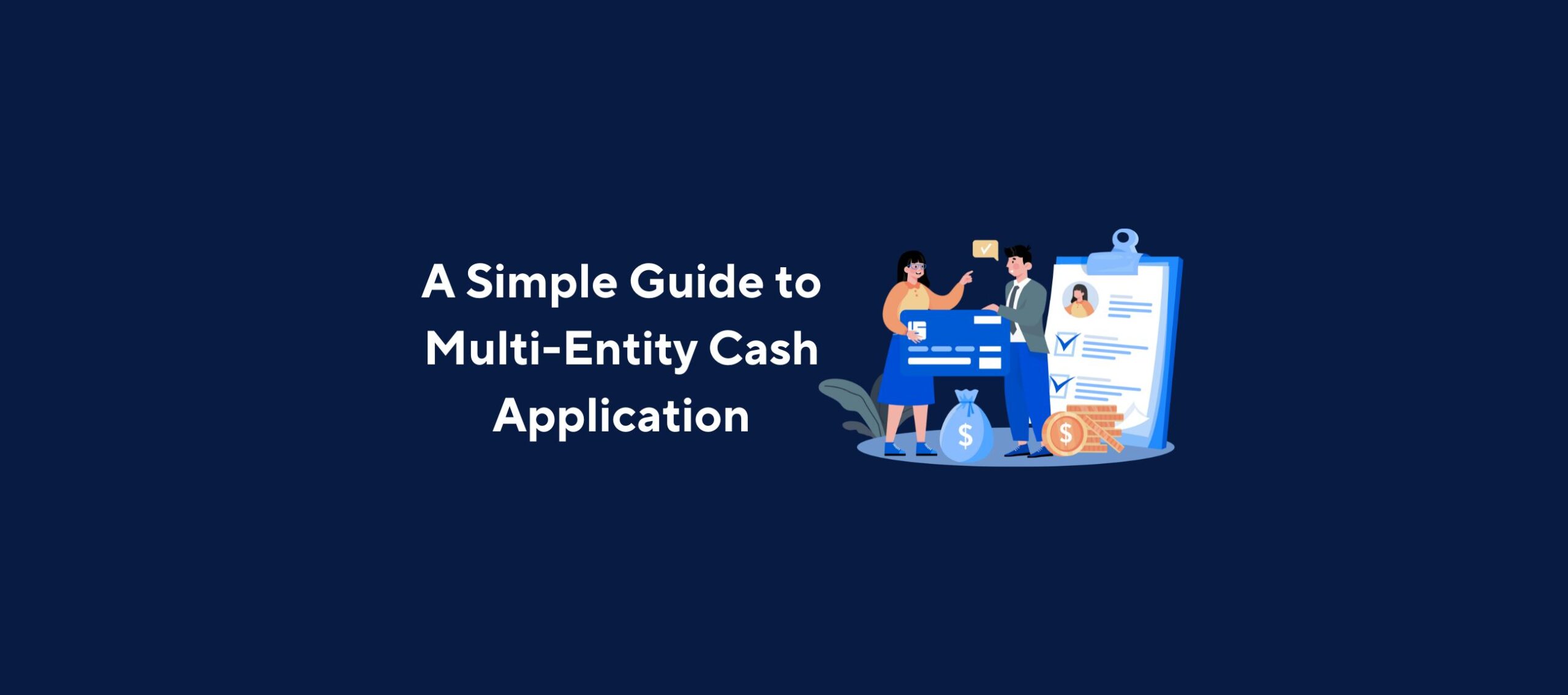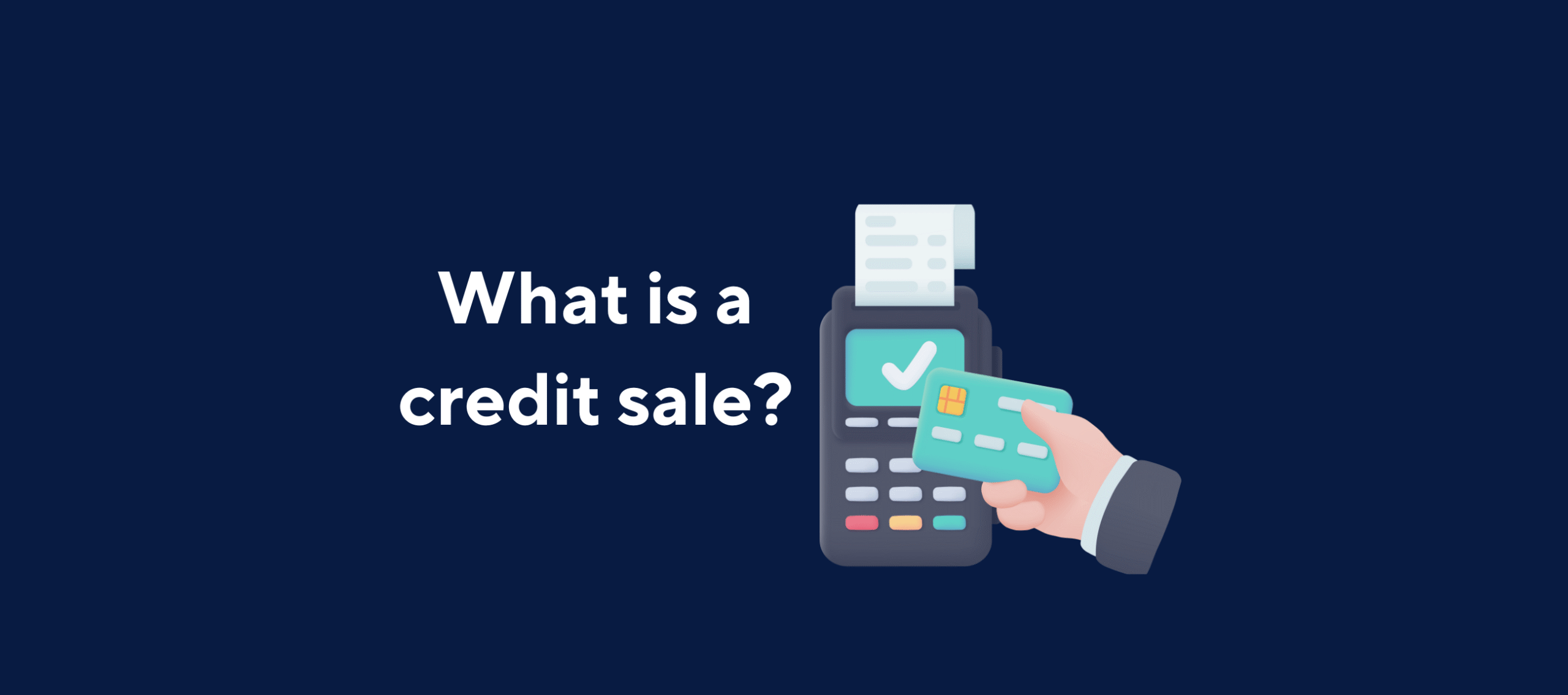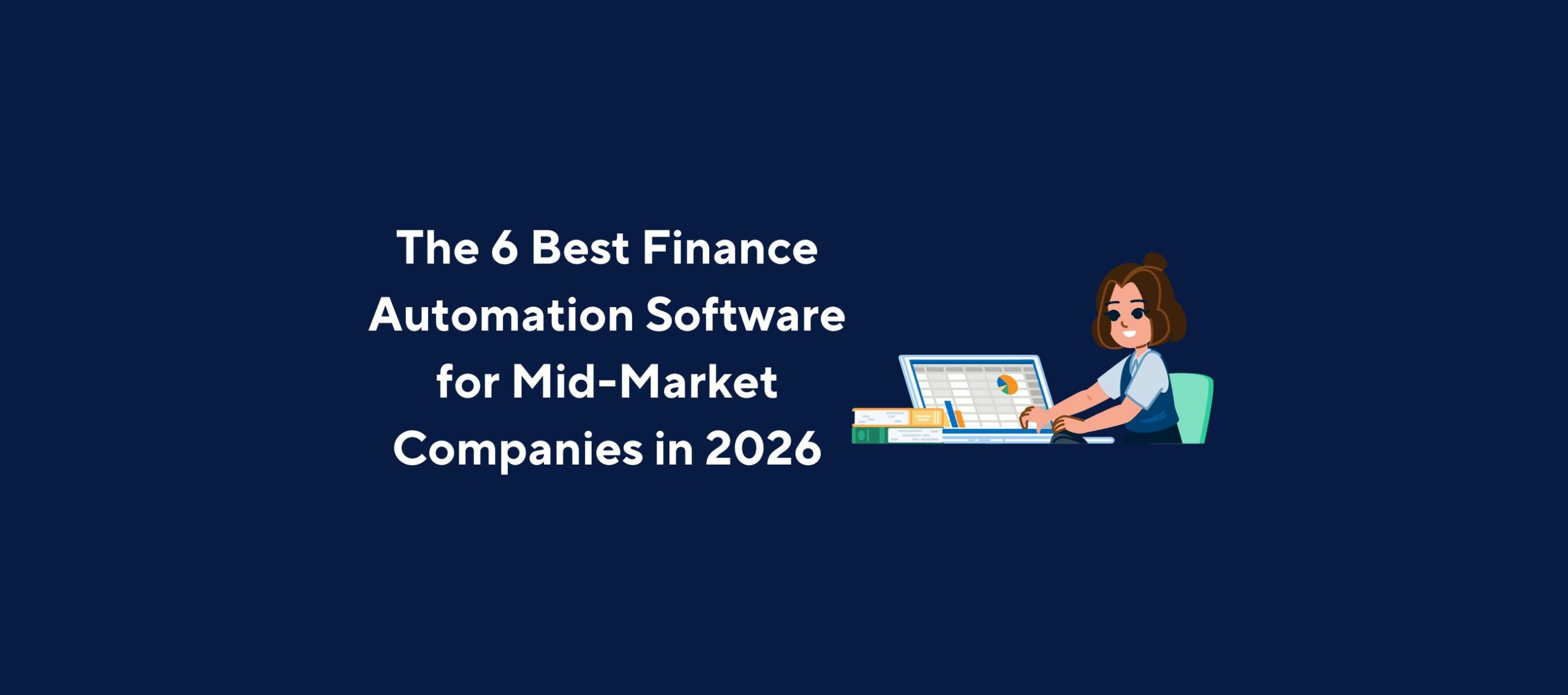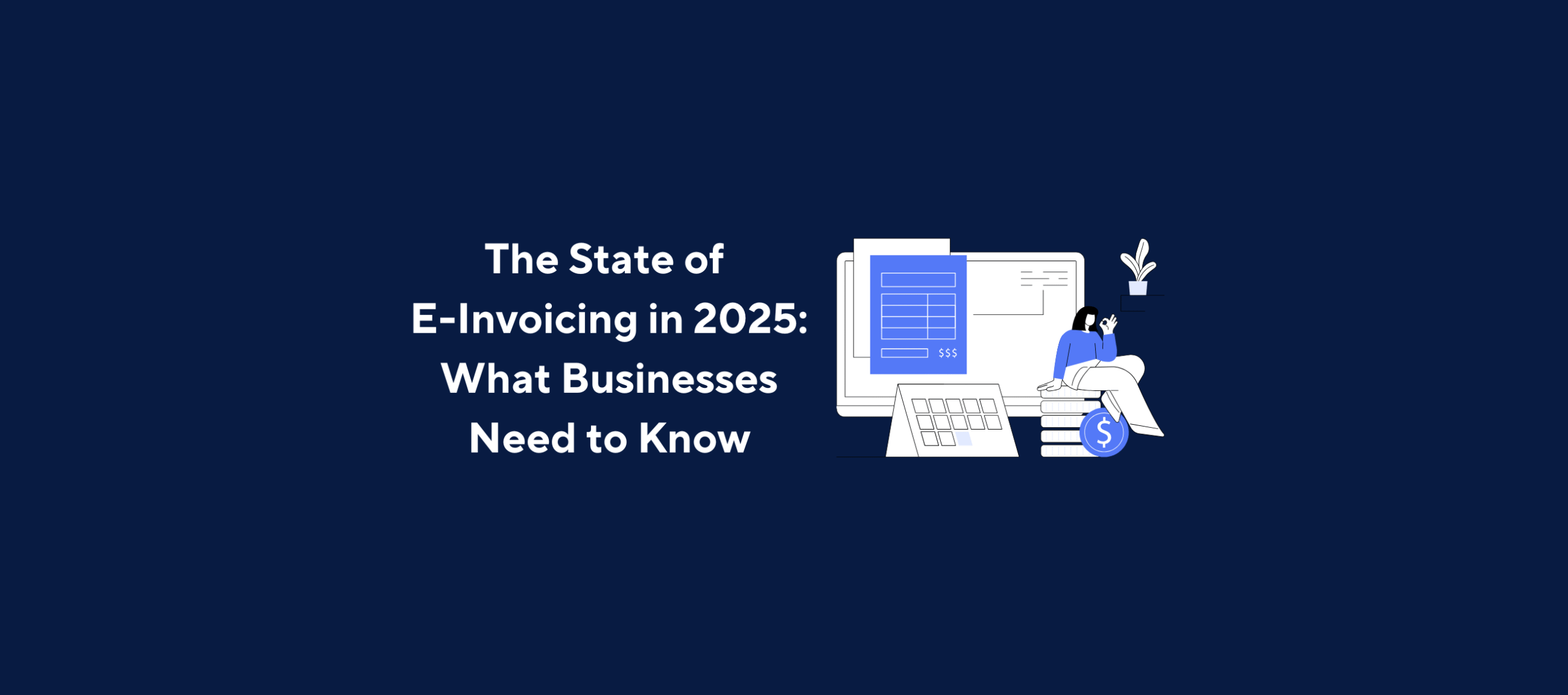Key Points
- General ledgers are essential tools for tracking a company’s financial transactions and assessing business performance.
- General ledger reconciliation is a crucial accounting process that helps identify documentation errors or fraudulent transactions.
- Reconciling the general ledger provides company leaders with a comprehensive view of their financial health, enabling them to evaluate overall performance in relation to corporate strategies.
- The reconciliation process typically involves:
- Investigating beginning balances
- Examining current period transactions
- Reviewing adjustments and reversals
- Analyzing ending balances
General ledger reconciliation is a critical process that ensures accurate and timely bookkeeping. It’s essential because:
- It aligns with International Financial Reporting Standards (IFRS) or Generally Accepted Accounting Principles (GAAP).
- It provides business owners with a deep understanding of their financial performance.
- It helps finance professionals identify errors and detect fraudulent financial transactions.
Modern software, like Kolleno, automates and streamlines the reconciliation process. This ensures a methodical approach to bookkeeping and introduces systematic controls for greater accuracy.
What is a General Ledger?
A general ledger is a comprehensive accounting record that compiles all financial activities of a business. It serves as a central repository for recording and monitoring financial transactions, typically organized into five main categories:
- Asset accounts (e.g., cash, inventory, accounts receivable)
- Liability accounts (e.g., accounts payable, notes payable)
- Expense accounts (e.g., rent, salaries, utilities)
- Equity accounts (e.g., common stock, retained earnings)
- Revenue accounts (e.g., sales, service fees)
These categories may be further divided into sub-ledger accounts for more detailed tracking. The general ledger forms the foundation for generating crucial financial reports, including:
- Balance sheet
- Income statement
- Cash flow statement
It’s important to note that while a general ledger contains raw financial data, it is not an official report of company performance. Instead, it provides the necessary information for accountants to create accurate financial statements and conduct thorough analyses of a company’s financial health.
Notable Examples of General Ledger Accounts
General ledger accounts typically fall into five categories:
- Asset accounts: Cash, inventory, accounts receivable, land, investments, equipment
- Liability accounts: Accounts payable, notes payable, accrued expenses, customer deposits
- Expense accounts: Rent, salaries, utilities, advertising expenses
- Equity accounts: Common stock, retained earnings, preference shares, treasury stocks
- Revenue accounts: Sales revenue, service fees, ancillary income
How Does a General Ledger Differ from a Balance Sheet?
While both are crucial for financial reporting, they serve different purposes. A general ledger is a comprehensive record of all financial transactions, serving as raw data for accounting purposes. A balance sheet, meanwhile, is an official financial statement that provides a snapshot of a company’s financial position at a specific point in time, derived from the general ledger data.
The general ledger is used to create various financial reports, including the balance sheet, income statement, and cash flow statement.
What is General Ledger Reconciliation?
General ledger reconciliation is the process of verifying the completeness and accuracy of account balances in the general ledger. This involves:
- Checking ledger details against third-party data, systems, and supporting documents (e.g., bank statements, audit reports).
- Examining the general ledger for unusual transactions or discrepancies.
- Taking appropriate actions to rectify any identified issues.
This process is a crucial part of the financial closing procedure, ensuring the reliability of financial statements before they’re released to the public.
What Are the Common Types of General Ledger Reconciliations?
General ledger reconciliations generally fall into three categories: customer reconciliations, bank reconciliations, and vendor reconciliations.
Customer Reconciliations
Customer reconciliations involve verifying account balances with clients by comparing invoiced amounts to the outstanding accounts receivable balance in the general ledger. Companies may also contact previous customers to confirm balances.
Bank Reconciliations
This process involves the company conducting a reconciliation process with its bank by checking the information in its general ledger with the bank reports. These reports may include the bank statement, investment reports, mortgage statement, credit card statement, loan statement, or any other relevant third-party documents.
Vendor Reconciliations
Vendor reconciliations involve requesting past invoices or reports from suppliers to ensure the accounts payable balance in the general ledger matches the vendor’s records.
What Does the General Ledger Reconciliation Process Comprise Of?
The general ledger reconciliation process typically occurs at the end of each financial reporting period. Accountants review each account in the general ledger, ensuring balances are accurate and complete. The process involves several key steps:
Gather Important Information Regarding the General Ledger Account
Accountants begin by collecting essential data for each account they plan to reconcile. This usually includes the ending balance as of the period-end date. Depending on the account type, they may also need details of financial activities, such as credits and debits, that occurred during the accounting period.
Get The Ending Account Balances Reconciled to The Supporting Documents
Once the accountant has collected all the necessary information regarding the account balances, the following step would be to compare the account balance of that general ledger with the data gathered from independent sources, third-party systems, and/or any other relevant paper works like credit card statements and bank reports. This is a key component of the general ledger reconciliation procedure, as the accountant needs to substantiate the account balances in the firm’s general ledger.
Look Into Any Identified Discrepancies
If discrepancies are found between supporting documents and general ledger account balances, or if balances can’t be substantiated, accountants must investigate. Common causes of discrepancies in financial records include timing differences in transaction recording, missing transactions, and human error. It’s important to note that not every discrepancy indicates an error in the general ledger. Accountants must carefully examine each inconsistency to determine its root cause before taking corrective action.
Get Ready to Adjust Any Journey Entries Whenever Appropriate
If the investigation reveals the need for a corrective journal entry, accountants prepare an error-free entry to address the discrepancy. This step ensures the accuracy of the general ledger and maintains the integrity of the company’s financial records.
The entire general ledger reconciliation process, including all adjustments and investigations, is thoroughly documented. These reports are stored securely for future auditing purposes, providing a clear trail of the company’s financial activities and reconciliation efforts. This comprehensive process is a crucial step that all firms must complete before publishing their financial statements for public review, ensuring the accuracy and reliability of their financial reporting.
The Advantages of Conducting a General Ledger Reconciliation
General ledger reconciliation is a crucial step in the financial closing process, ensuring the accuracy and completeness of both the general ledger and financial statements. This practice significantly enhances the company’s financial reporting accuracy and reliability.
The reconciliation process offers several key benefits:
- Increased Confidence: By substantiating account balances with appropriate evidence, reconciliations provide greater assurance to management and third-party stakeholders about the accuracy of reported financial data.
- Early Error Detection: Any inconsistencies identified during the reconciliation can be promptly investigated and corrected, preventing these issues from impacting final financial reports.
- Improved Audit Trail: Each adjustment made during the reconciliation process is meticulously documented, creating a comprehensive audit trail that further enhances the credibility of published financial reports.
- Enhanced Financial Integrity: Regular reconciliations help maintain the overall integrity of the company’s financial records, supporting better decision-making and strategic planning.
- Compliance Support: Thorough reconciliations assist in meeting regulatory requirements and accounting standards, reducing the risk of compliance issues.
By conducting regular and thorough general ledger reconciliations, companies can ensure the accuracy of their financial statements, improve their financial health, and build trust with stakeholders. This process is an essential component of maintaining robust financial controls and supporting the company’s long-term financial stability.
Typical Mistakes Made During the General Ledger Reconciliation Process
While general ledger reconciliation is crucial for maintaining accurate financial records, it can be challenging, especially for new business owners. Even with an established methodology, certain pitfalls can occur during monthly, quarterly, or yearly reconciliations. Here are some common mistakes to watch out for.
Delayed or Missed Reconciliations
Timely reconciliations are essential for maintaining up-to-date financial records. While a slight delay in finalizing general ledger reconciliations isn’t catastrophic, it’s crucial that management reviews the correct reports when they are completed. To mitigate this issue, many companies use automated accounting software, which allows accountants to set specific timeframes for review and helps ensure reconciliations are performed regularly and on schedule.
Errors in Journal Entries
Manual entries in the general ledger are prone to human error. Common mistakes include:
- Misclassification of accounts (e.g., posting a credit as a debit)
- Transposition of numbers
- Incorrect coding
- Duplicate journal entries
To minimize these errors, it’s critical for accountants to double-check all manual entries during the reconciliation process. Implementing a system of checks and balances, such as having a second person review entries, can also help catch these mistakes before they impact the company’s financial statements.
Incomplete Reconciliations
Sometimes, accountants may rush through the reconciliation process, failing to investigate all discrepancies thoroughly. This can lead to unresolved issues carrying forward, potentially causing larger problems in future reporting periods. It’s important to allocate sufficient time for comprehensive reconciliations and to document all steps taken to resolve discrepancies.
Overlooking Small Discrepancies
While major discrepancies often catch immediate attention, small differences can sometimes be ignored or written off. However, these small discrepancies can add up over time or be indicative of larger systemic issues. It’s crucial to investigate and explain all discrepancies, regardless of size.
By being aware of these common mistakes and implementing proper checks and balances, companies can significantly improve the accuracy of their general ledger reconciliations, leading to more reliable financial reporting and better overall financial health.
Why Should Companies Consider Automating Their General Ledger Reconciliation Process?
The general ledger reconciliation process is often time-consuming and resource-intensive, primarily due to the vast amount of information stored across multiple sources that needs to be reviewed simultaneously. Manual reconciliation can be inefficient, requiring significant time and human resources to locate and analyze source documents line by line. However, with advancements in technology, companies can now leverage automation to streamline this critical process.
Benefits of Automated General Ledger Reconciliation
- Data Integration: High-quality reconciliation software can import data from various systems, including enterprise resource planning (ERP) systems, bank statements, credit statements, and other third-party sources.
- Automated Comparisons: The software can automatically compare information from different sources and certify matches, significantly reducing the time spent on manual comparisons.
- Discrepancy Detection: When inconsistencies are found, the software can immediately identify them and alert the finance department for further investigation.
- Time Savings: By automating routine tasks, accountants can focus their time on high-value work, only stepping in for the reconciliation process when additional examination is necessary.
- Comprehensive Functionality: From importing and storing financial data to creating audit trails and customized financial reports, automated accounting software can handle a wide range of tasks.
- Improved Accuracy: Automation reduces the risk of human error, leading to more accurate financial records and reports.
- Enhanced Compliance: Automated systems can help ensure consistency in reconciliation processes, supporting better compliance with accounting standards and regulations.
Streamlining with Smart Credit Control Software
Smart credit control software, such as Kolleno, offers accounting professionals a comprehensive solution to streamline their general ledger reconciliation process. These all-in-one platforms typically provide:
- Reconciliation automation
- Policy storage for individual preferences
- Customizable dunning workflows
- Real-time reporting capabilities
- Integration with existing accounting systems
By adopting automated reconciliation solutions, companies can significantly improve the efficiency and accuracy of their financial processes, leading to better financial health and more informed decision-making.
Concluding Thoughts
General ledger reconciliation is a crucial process for maintaining and improving a company’s financial health. This practice serves several essential purposes:
- Confirms the accuracy of financial statements
- Prevents unintentional errors
- Detects and deters fraudulent transactions
- Provides management with up-to-date, error-free financial data
With accurate and current financial information at their disposal, business leaders can make more informed and practical decisions, steering their companies toward greater success.
The advent of automated accounting software has revolutionized the general ledger reconciliation process, making it simpler, faster, and more accurate. Platforms like Kolleno offer smart credit control solutions that enable finance professionals to conduct systematic and reliable reconciliations, generate user-friendly financial reports, seamlessly integrate financial data from various sources, and streamline the entire reconciliation workflow
By leveraging such advanced tools, accountants and finance teams can enhance their efficiency, reduce errors, and focus more on strategic financial management. This not only improves the accuracy of financial reporting but also contributes to better overall financial health and decision-making within the organization.
Frequently Asked Questions (FAQs)
What is a General Ledger Reconciliation?
A general ledger reconciliation is a procedure conducted by accountants to determine the trustworthiness of the account balances documented on the general ledger of a company. In essence, the process involves the comparison of data between the company’s general ledger account balances and other third-party data, independent systems, or supporting documents like bank statements or spending reports as part of ensuring that the account balance details are comprehensive and reliable.
Why Is the General Ledger Important?
Generally speaking, the general ledger has a number of purposes for the company. Firstly, the general ledger aids accountants in their preparation of a trial balance, helping them to ensure that all credits and debits balance out. Meanwhile, the general ledger also assists accountants in spotting errors, suspicious financial activities, and fraudulent transactions. As a result, this single source of truth helps the company to make the necessary adjustments to correct any mistakes. Not to mention, the general ledger is particularly crucial as it permits the firm to generate financial reports such as the balance sheet and income statement, thereby providing complete information for managers, finance professionals, and external investors to make educated decisions about the company and its performance.
How Do You Balance a General Ledger Account?
Simply put, balancing a general ledger account involves the subtraction of the total debits from the total credits. In specific, every debit account must be placed on the left side of a general ledger, whereas the credit accounts are to be entered on the right-hand side. Thus, for the general ledger to balance, both debit and credit have to be equal.
- Key Points
- What is a General Ledger?
- Notable Examples of General Ledger Accounts
- How Does a General Ledger Differ from a Balance Sheet?
- What is General Ledger Reconciliation?
- What Are the Common Types of General Ledger Reconciliations?
- What Does the General Ledger Reconciliation Process Comprise Of?
- The Advantages of Conducting a General Ledger Reconciliation
- Typical Mistakes Made During the General Ledger Reconciliation Process
- Why Should Companies Consider Automating Their General Ledger Reconciliation Process?
- Concluding Thoughts
- Frequently Asked Questions (FAQs)

